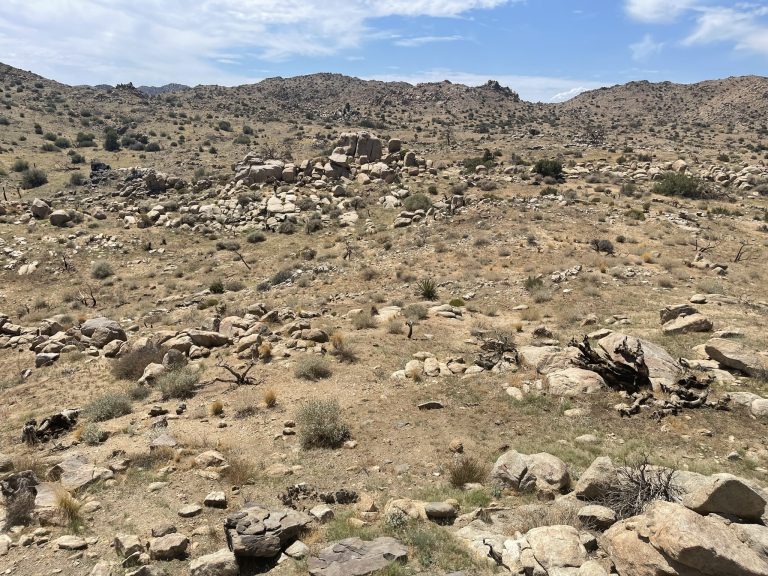Similar Posts

Twinning Definition
Twinning Definition Twinning is the observed intergrowth of multiple crystals in a symmetrical fashion. This term applies to the examination of rock thin sections, in the field of optical mineralogy.

Igneous Rock
Igneous Rock Definition In the field of geology, the term “Igneous Rock” refers to one of the three major classifications of rock that comprises the earth. As opposed to sedimentary rocks or metamorphic rocks, igneous rock derives from the direct cooling and solidification of magmatic material. Igneous rock comprises a large amount of the planet…

Phaneritic
Phaneritic Definition In geology, the term Phaneritic applies to the texture of an igneous rock. A phaneritic plutonic rock has grains that are large enough to be seen with the naked eye. In fact, this indicates there was a slower rate of magmatic cooling.

Geology
Geology Geology: Geology is a field of science relating to the earth, including but not limited to the earth’s resources, physical processes, chemical properties, history, and future. Additionally, the science of geology includes the study of other terrestrial planets, such as Mercury, Venus, or Mars. Branches of Geology There are numerous branches of geology that…

Environmental Geology
Environmental Geology Environmental Geology: (en·vi·ron·men·tal ge·ol·o·gy) a branch of geology that relates to the impact of human activity on Earth, and the pollution of geologic formations, reserves, and resources. Common focus points of environmental geology are contaminated soil, groundwater aquifers, lakes, rivers, and the ocean. Professional geologists assess and remediate contamination plumes in all media,…

Poorly Graded
Poorly Graded Soil Poorly Graded: In the soil classification process of geology, poorly graded soil represents a sedimentary soil sample that only displays one or a few of the numerous other possible grain sizes for that soil classification, in accordance with the Unified Soil Classification System (USCS). For example, a poorly graded sand (SP) may…
